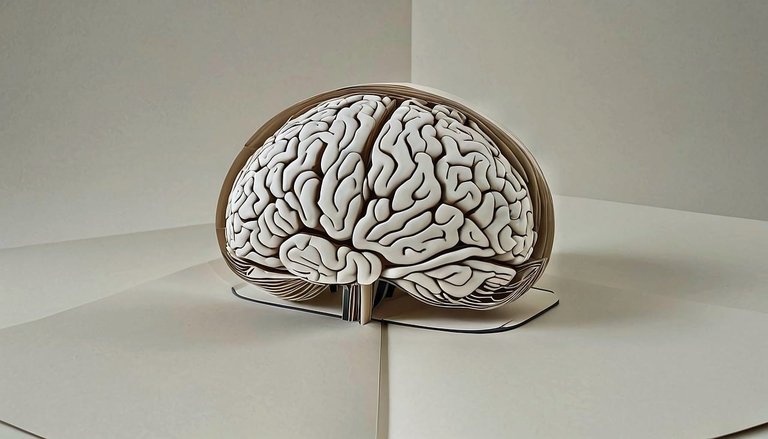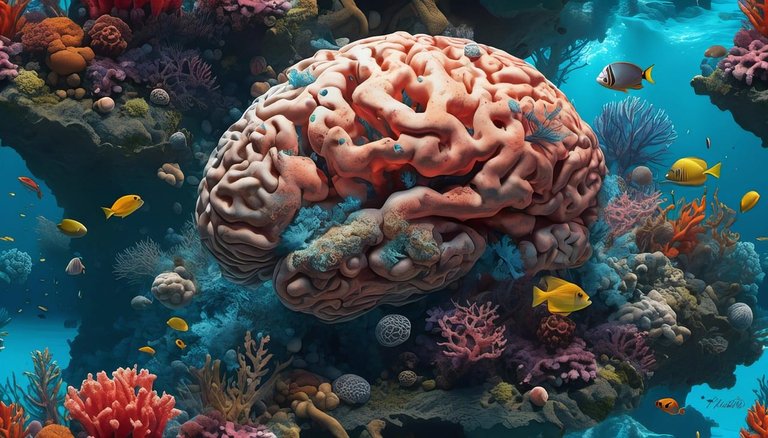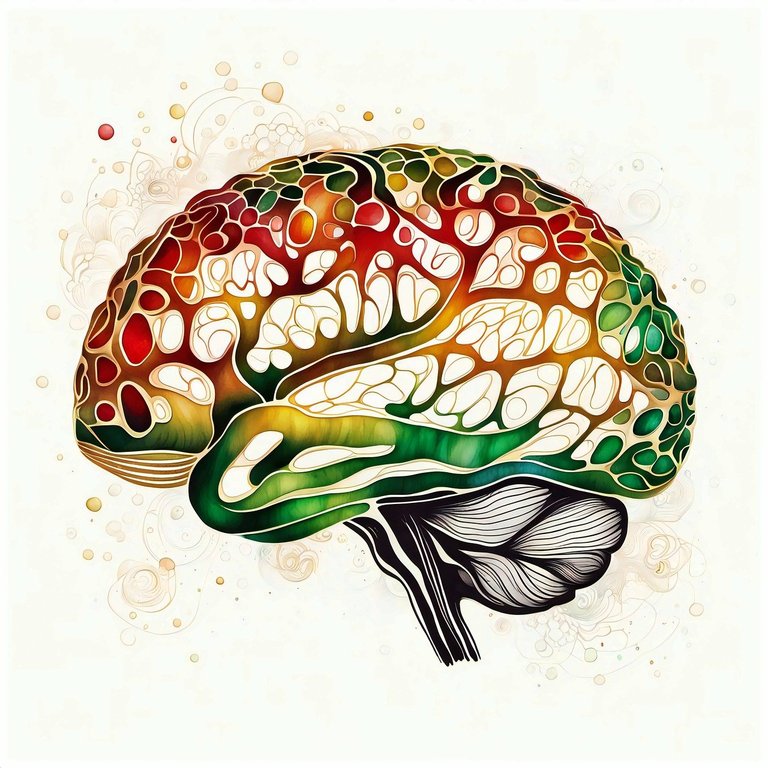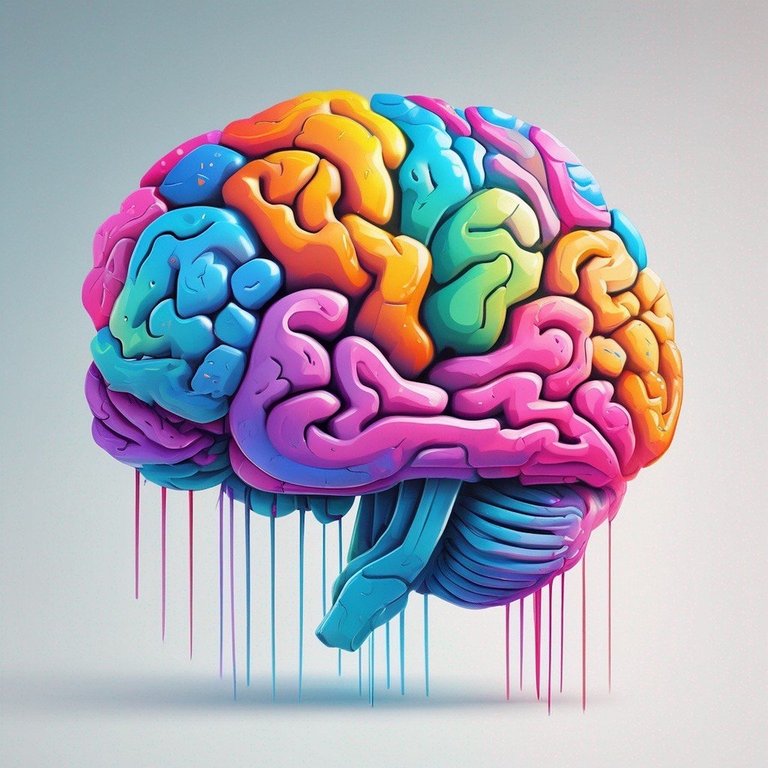Cerebral palsy : A Simpler Breakdown on what is actually going on
What Exactly is Cerebral Palsy? And what exactly is going on ?
Let me explain in a very simple way.
Now, Imagine your brain as one of these busy cities filled with roads, bridges, and stuffs like highways. These roads and bridges are how the brain sends messages to the rest of your body, telling it how to do things like move, speak, and balance. Now, what if some of those roads were a little blocked, bad or some of the bridges were shaky? That’s a bit like what happens with cerebral palsy, or CP for short.

Image by Peter Middleton from Pixabay
Cerebral palsy is more like a condition that affects a person’s ability to move and maintain balance and posture. Of course the term “cerebral” means it has something to do with the brain, and “palsy” refers to weakness or problems with using the muscles. So, cerebral palsy is basically a brain-muscle connection issue.
Now when does it start ?
You see, CP is a condition that usually starts before a baby is born, but it can also happen during birth or shortly after. It’s more like a miscommunication that occurs when the brain is still developing. Sometimes, a baby’s brain might not get enough oxygen for a short period, or there could be an infection that affects brain development.
These issues can lead to the bumpy roads and shaky bridges we talked about earlier. But here’s an important thing you have to understand, cerebral palsy is not anyone’s fault. It’s just one of those things that can happen during the complex journey of brain development.

Image by Peter Middleton from Pixabay
Are there types of cerebral palsy ?
Yes, there are different types of cerebral palsy, each affecting the body in unique ways. We have one Spastic cerebral palsy which is the most common type. “Spastic” means stiff. People with this type have muscles that are stiff and tight, making movements difficult and sometimes jerky.
Another is Dyskinetic cerebral palsy, where “dyskinetic” means there are involuntary movements, affects people with uncontrolled movements in their hands, arms, feet, or legs, making it hard to sit or walk.
Also Ataxic cerebral palsy affects balance and coordination. “Ataxic” means shaky or unsteady, so people with this type might have trouble with quick movements or movements that require a lot of control, like writing or buttoning a shirt.
Some people have symptoms of more than one type of cerebral palsy, and this is called mixed CP.
You might be wondering, “How can I tell if someone has cerebral palsy?”
Well, the signs can vary a lot because every person with cerebral palsy is unique. However, there are some common symptoms to look out for. Kids with cerebral palsy might take longer to roll over, sit, crawl, or walk. Muscle tone issues can mean muscles that are too stiff or too floppy.

Image by Peter Middleton from Pixabay
Motor skill challenges make tasks like grasping toys, writing, or feeding themselves more difficult. Things like Balance and coordination problems might make walking look different, and maintaining balance can be tricky. Some kids with cerebral palsy might have trouble speaking clearly or controlling the muscles used for speech.
Diagnosing cerebral palsy involves a team of healthcare professionals. They’ll look at a child’s medical history, conduct physical exams, and use brain imaging tools like MRIs. They might also check the child’s development over time to see if there are any delays or unusual patterns in movement.
Treatment is mostly Physical therapy which helps strengthen muscles and improve coordination. Think of it like a personal training session for the body! Occupational therapy is also a form of treatment that focuses on everyday tasks. It’s like having a life hack expert who teaches you the best ways to tie your shoes, hold a pencil, or even use special gadgets. Speech therapy also assists with communication skills. This can include exercises to improve speaking or using technology to help communicate.
At the end of the day, cerebral palsy is just one part of who a person is. It doesn’t define them. People with CP can be artists, scientists, athletes, or musicians—anything they dream of. It’s all about celebrating differences and supporting each other on this incredible journey called life.

Image by Shelley Evans from Pixabay
So, next time you meet someone with cerebral palsy, remember one thing, its not their fault and they are just like you in so many ways. They have dreams, goals, and talents waiting to be discovered. Let’s embrace them and make the world a place where everyone can shine.
Congratulations @sam9999! You have completed the following achievement on the Hive blockchain And have been rewarded with New badge(s)
Your next target is to reach 62000 upvotes.
You can view your badges on your board and compare yourself to others in the Ranking
If you no longer want to receive notifications, reply to this comment with the word
STOPBrain disorders are hard. To diagnose it can take a long time
Treatment for it is usually through one child's lifetime . It requires commitment, patience and consistency as getting result from therapy might sometimes take a while
Thanks for your contribution to the STEMsocial community. Feel free to join us on discord to get to know the rest of us!
Please consider delegating to the @stemsocial account (85% of the curation rewards are returned).
You may also include @stemsocial as a beneficiary of the rewards of this post to get a stronger support.